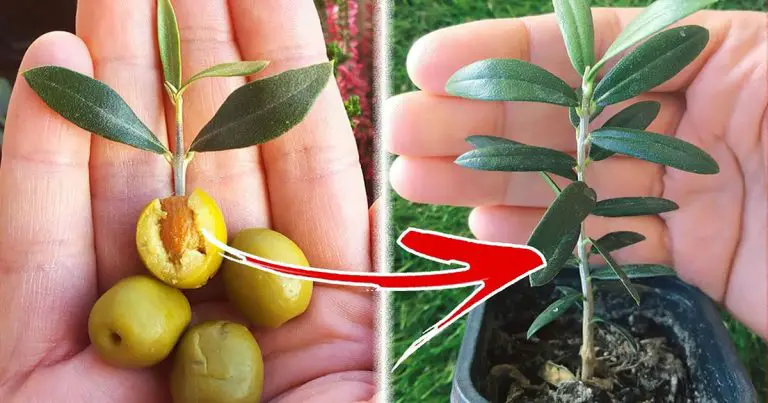In our collective imagination, the olive tree is often seen as a massive, perhaps centuries-old, tree planted in vast open spaces to provide us with its precious fruit – the olive, a key ingredient in the prized Mediterranean diet.
However, there are olive tree varieties that can be planted in pots, suitable for limited spaces, and that don’t necessarily bear fruit.
Olive trees are adaptable to various climates and extreme conditions, but it’s advisable not to plant them in excessively cold areas. This is why planting them in a pot that can be kept indoors is an ideal solution.
Before starting, remember that olive trees don’t need a lot of water, and it’s crucial to ensure excellent drainage for the plant.
Choosing the right pot is important, and it’s not just about aesthetics. The material of the pot can impact the health of our plant. Thick clay pots are the best option, as they promote good drainage and are among the most effective in insulating the plant.
As for the soil, choose a well-draining and lightweight mix. An excellent option is a mix of universal soil and a blend of sand and volcanic rock, half and half.
The olive tree doesn’t require frequent watering. It adapts well to dry conditions, so water it periodically, but don’t overdo it.
How to Sprout Olive Seeds
The olive seed is not the typical pit left after eating olives. Although you can sprout the pit, it takes too long (around 2 or 3 years).
The ideal method is to break the shell of the pit and extract the inner embryo. Use tweezers to longitudinally break the pit and release the fat seed inside, taking care not to damage it.
Soak the extracted seed in water. This step activates essential metabolic processes for seedling development.
Then, plant the seed in the soil and wait for the seedling to grow. It will take about 4-6 weeks before you see a perfectly formed young plant.
